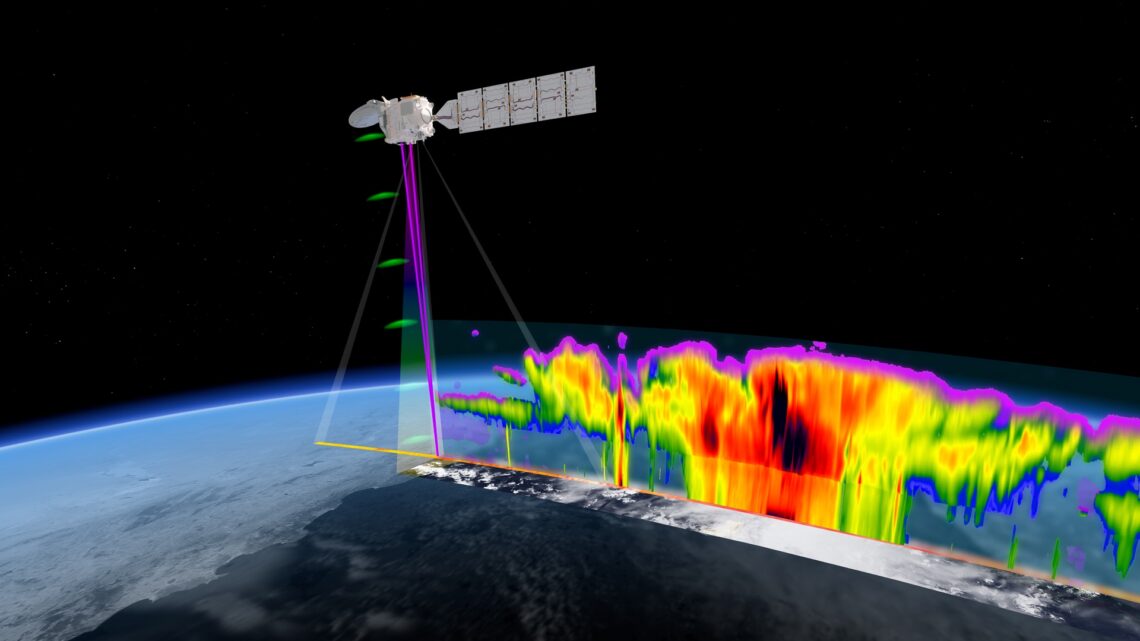WASHINGTON — A Falcon 9 successfully launched an Earth science mission for Europe and Japan May 28 as part of the European Space Agency’s ongoing, if temporary, reliance on SpaceX for space access.
The Falcon 9 lifted off from Vandenberg Space Force Base in California at 6:20 p.m. Eastern. The payload, the Earth Cloud Aerosol and Radiation Explorer (EarthCARE) spacecraft, separated from the upper stage about 10 minutes after liftoff.
Simonetta Cheli, director of Earth observation programs at ESA, said in a post-launch interview that controllers were in contact with the spacecraft. “It is all nominal and on track.”
Spacecraft controllers will spend the weeks and months ahead checking out the spacecraft’s instruments and calibrating them, she said. That will allow the first release of science data from EarthCARE around the end of this year or early next year.
EarthCARE is an 800-million-euro ($870 million) ESA-led mission to study clouds and aerosols in the atmosphere. The spacecraft carries four instruments, including a cloud profiling radar provided by the Japanese space agency JAXA at a cost of 8.3 billion yen ($53 million). JAXA dubbed the spacecraft Hakuryu or “White Dragon” because of the spacecraft’s appearance.
The 2,200-kilogram spacecraft, flying in a sun-synchronous orbit at an altitude of 393 kilometers, will collect data on clouds and aerosols in the atmosphere, along with imagery and measurements of reflected sunlight and radiated heat. That information will be used for atmospheric science, including climate and weather models.
“EarthCARE is there to study the effect of clouds and aerosols on the thermal balance of the Earth,” said Dirk Bernaerts, ESA’s EarthCARE project manager, at a pre-launch briefing May 21. “It’s very important to observe them all together at the same location at the same time. That is what is unique about this spacecraft.”
Other spacecraft make similar measurements,…
Read the full article here

